The best leaders know how to ask the right questions. Here’s a model that can help you do just that

In today’s fast-changing world, the most successful leaders do not have all the answers. They’re the ones who ask the best questions. Yet many leaders get stuck in what I call Zones of Certainty. This is when confidence in their own perspectives can blind them to insights from others.
But there is a way for them to open themselves up to new perspectives. I’ve developed a framework called the Curiosity Curve, which maps a journey from self-righteousness (“I can’t stand them!”) through tolerance (“I think they’re wrong, but I’ll hear them out.”) to increasing curiosity. The framework draws inspiration from the work of an organization called Braver Angels, which focuses on bridging partisan divides. (Their original model described “The Emotional and Intellectual Transformation of De-Polarization.”)
Moving along the curiosity curve isn’t just helpful; it can provide a competitive edge. Curious leaders make better decisions, build stronger relationships, and foster more innovative cultures. But how do we shift from “They’re wrong” to “I truly want to understand their views”?
Here are four practical pathways that leaders can use to increase their curiosity:
1. Imagine your way into curiosity
The imagining pathway uses curiosity sparks—strategic questions that interrupt our certainty. Ask yourself the following questions:
- “What might I be missing?”
- “What challenges might they be dealing with?”
- “How might I be impacting them?”
These questions spark imagination and help shift us from zones of certainty to zones of curiosity. Recognizing what we don’t know humbles us and opens the door to new insight.
When Satya Nadella became Microsoft’s CEO, the company was insular and hostile to open-source software. In his book, Hit Refresh: The Quest to Rediscover Microsoft’s Soul and Imagine a Better Future for Everyone, he asked, “What if we’re wrong about Linux being the enemy?” That question catalyzed a transformation—Microsoft embraced open-source, formed new partnerships, and tripled its market value.
Start by listing 10 things you don’t know about a challenging person, issue, or situation. Don’t look for answers—just identify the questions you haven’t asked.
2. Empathize your way into curiosity
This pathway taps emotional intelligence to connect with another person’s humanity. While we can’t fully inhabit someone else’s perspective, reflecting on shared human experiences kindles wonder about their unique viewpoint.
This transforms our stance from “They’re wrong or bad” to “I want to understand.” When we lead with the heart, defensiveness falls away, and openness follows.
In her autobiography My Life in Full: Work, Family, and Our Future, former PepsiCo CEO Indra Nooyi recounted that she wrote letters to the parents of her senior executives, thanking them for the “gift” of their children. This act came from reflecting on what it must feel like to be a parent watching your child work long hours. That empathy sparked her curiosity about her leaders’ family lives, which led to more thoughtful conversations and improved well-being and performance.
To develop a greater sense of empathy, close your eyes and imagine being in the shoes of someone who frustrates you. What might they be carrying? Write a note you’ll never send, beginning with “I imagine it must be hard to . . .” Let empathy create space for curiosity.
3. Experiment your way into curiosity
Sometimes, it’s the behavior that changes the mindset. Even if we’re feeling skeptical, by acting as if we’re curious—asking clarifying questions or inviting stories—we create conditions where our real curiosity can emerge.
This works because authentic questions lead to richer understanding. As we receive thoughtful answers, we realize how much we’ve been missing. But don’t ask rhetorical or leading questions. Ask what you genuinely don’t know.
As recounted in Ford Motor Company: The Greatest Turnaround in U.S. History, former Ford’s CEO Alan Mulally introduced weekly meetings where executives were supposed to report issues. Initially, everyone said everything was “green,” even though the company was in crisis. Rather than accusing anyone, he kept asking, “What obstacles are you facing?” and “What would help you succeed?” When one leader finally admitted a problem, Mulally praised the honesty. This transformed Ford’s culture from fear to collaborative problem-solving.
Next time you’re sure you’re right, ask three story-based questions. “What’s been your experience with . . .? How did you come to see it that way? Can you tell me about a time when . . .?” And once they’ve given their answers, really take the time to listen. Resist the urge to interrupt.
4. Enlist your way into curiosity
Sometimes we need help seeing what we can’t see. This pathway involves enlisting others—friends, mentors, even AI—to help identify blind spots and spark questions we wouldn’t think to ask.
Diverse viewpoints accelerate progress along the curiosity curve. A trusted colleague’s observation or a mentor’s challenging question can shift us from certainty to openness in moments.
When Mary Barra became GM’s CEO during the ignition switch crisis, she brought in advisors—including critics—to ask hard questions. One asked, “What if the real issue is how information flows inside the company?” That reframing led to a revamp of GM’s safety systems and ushered in a culture of transparency.
To open yourself up to diverse viewpoints, text three people you trust. “I’m working through [brief description] challenge. What questions should I be asking that I’m not?” Pick the two that make you most uncomfortable. That’s where your biggest growth likely lies.
Choosing your path
Curiosity is a choice, and no single path fits every person or moment. A data-driven leader may gravitate to imagining or experimenting. A people-first leader may find empathy more natural. The key is flexibility. The more tools you practice, the easier it becomes to access curiosity when it matters most.
Ultimately, the best way to master curiosity is to live it. Surround yourself with people of diverse perspectives. Read widely. Go to places that challenge your worldview. And slow down—curiosity needs breathing room. Try to look at life as a grand experiment, where every conversation is a chance to discover something unexpected. When curiosity becomes not just a leadership tactic but a way of being, your journey along the Curiosity Curve will become second nature.
What's Your Reaction?
 Like
0
Like
0
 Dislike
0
Dislike
0
 Love
0
Love
0
 Funny
0
Funny
0
 Angry
0
Angry
0
 Sad
0
Sad
0
 Wow
0
Wow
0
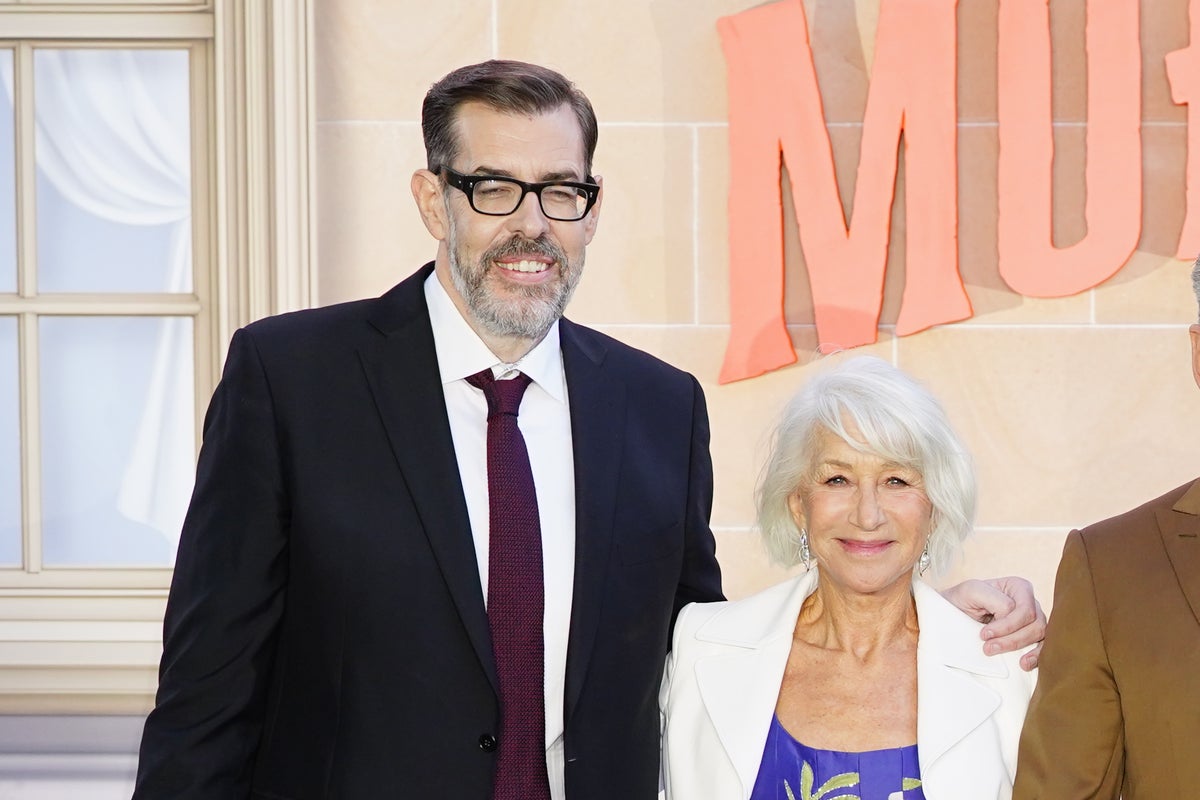





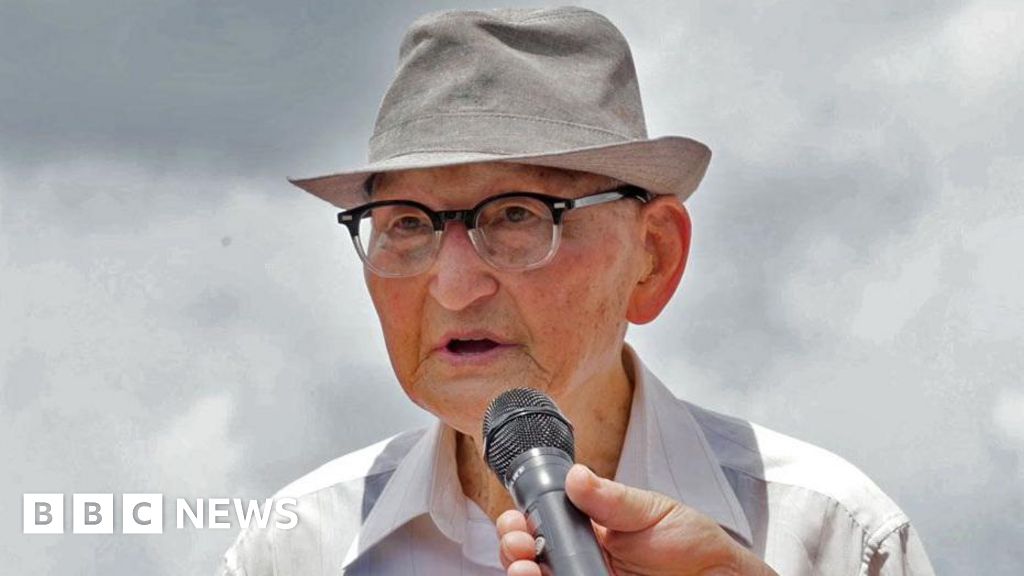









.jpeg?width=1200&auto=webp&trim=0,100,0,100#)


























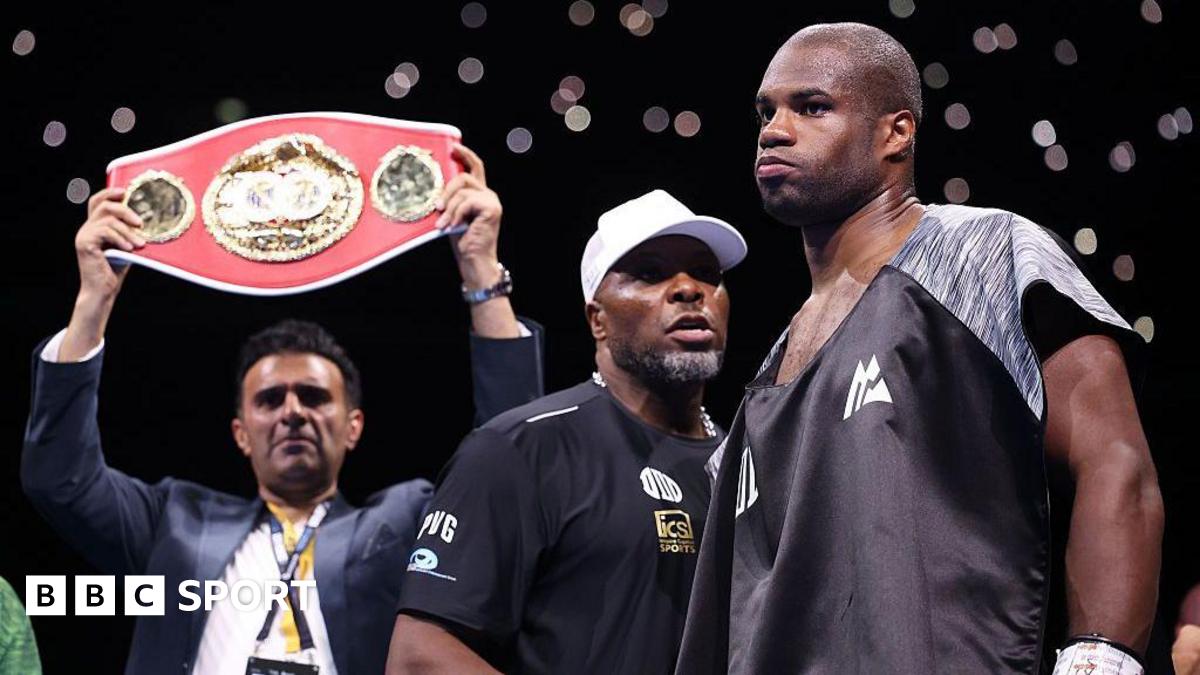






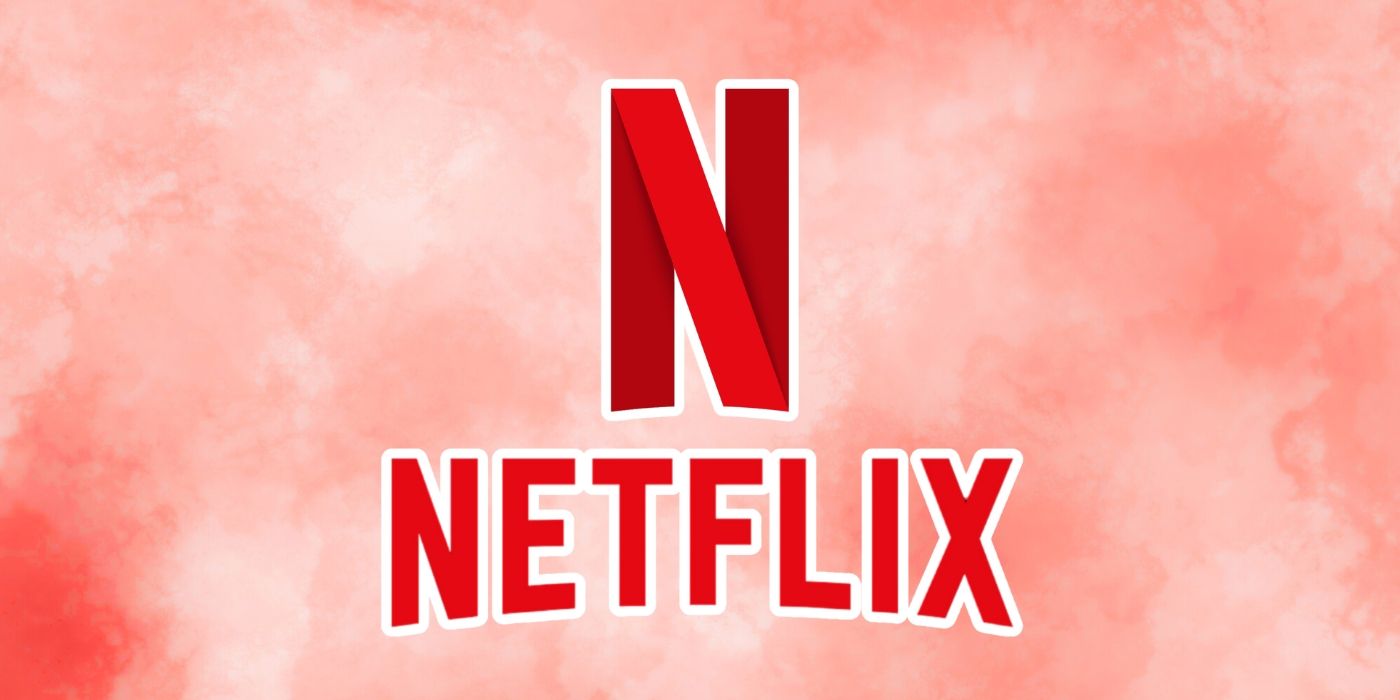
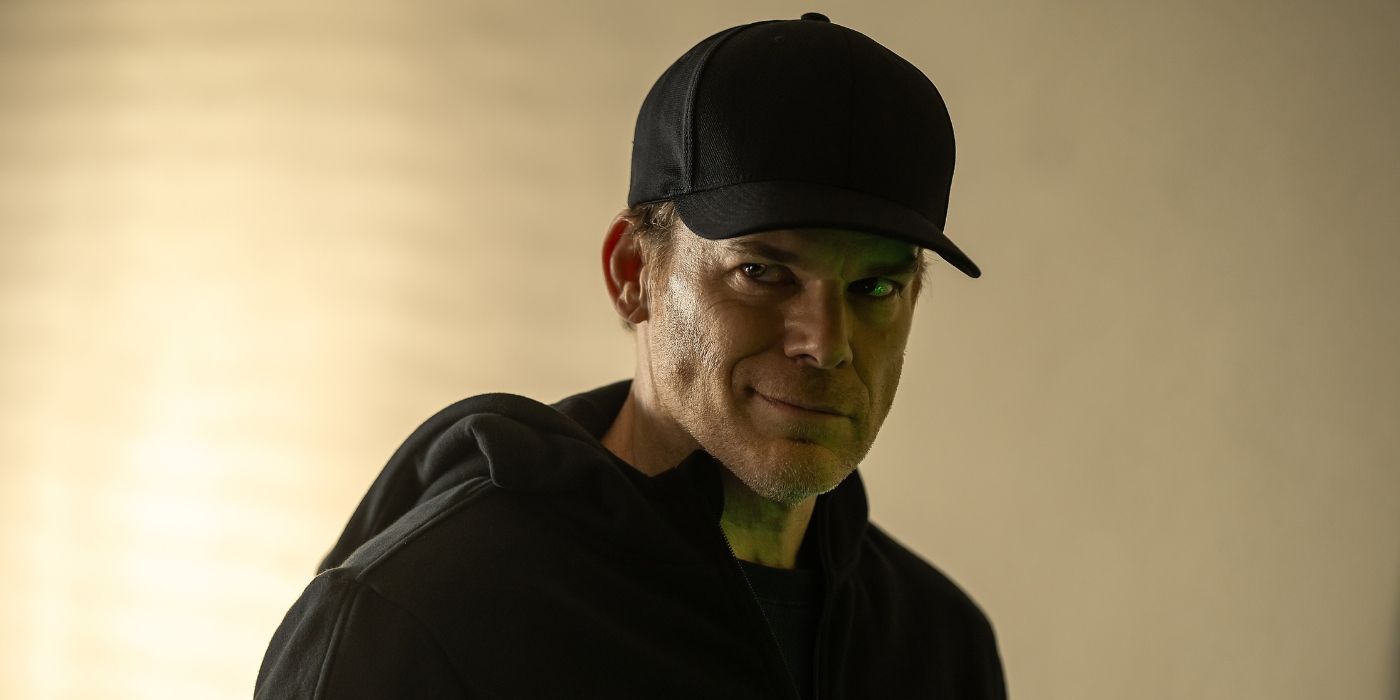


![Big Brother Recap: Rachel’s HOH Sends [Spoiler] Packing](https://tvline.com/wp-content/uploads/2025/08/big-brother-live-eviction-week-6.png?#)







































